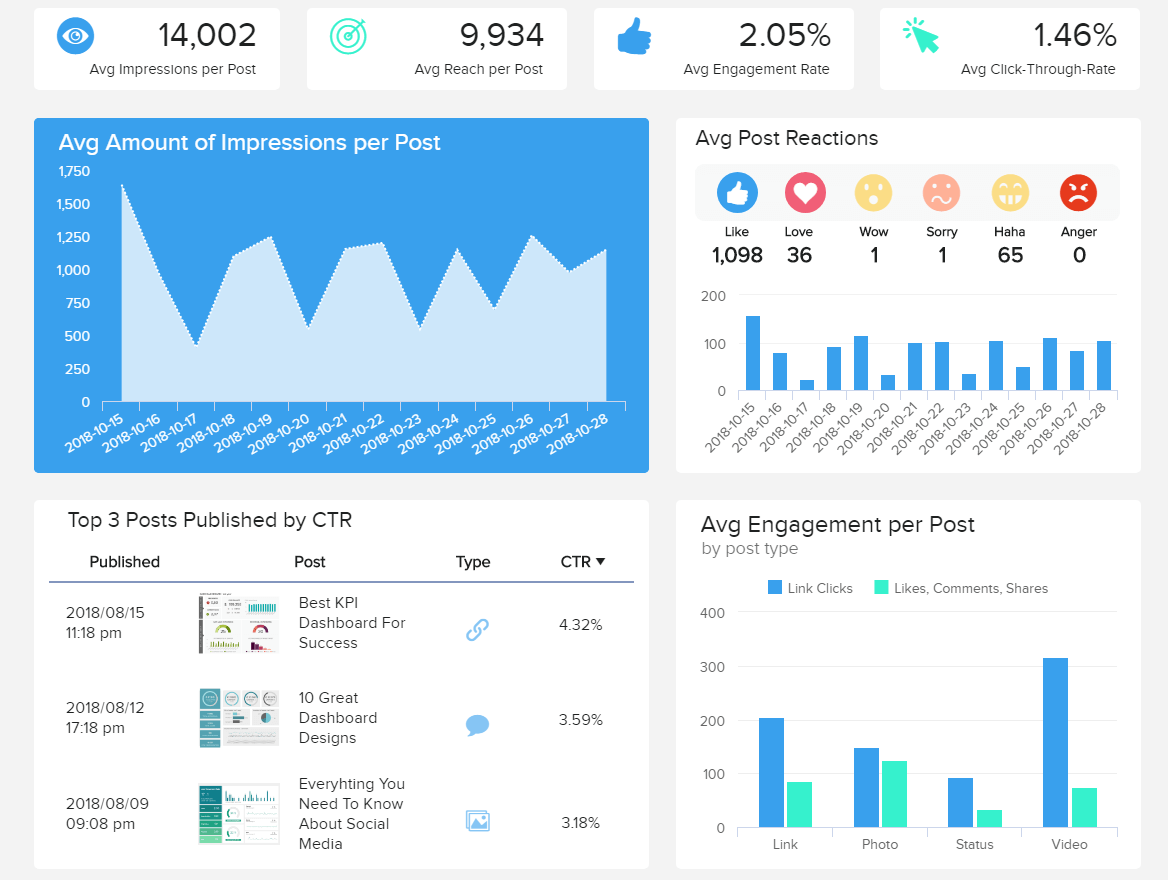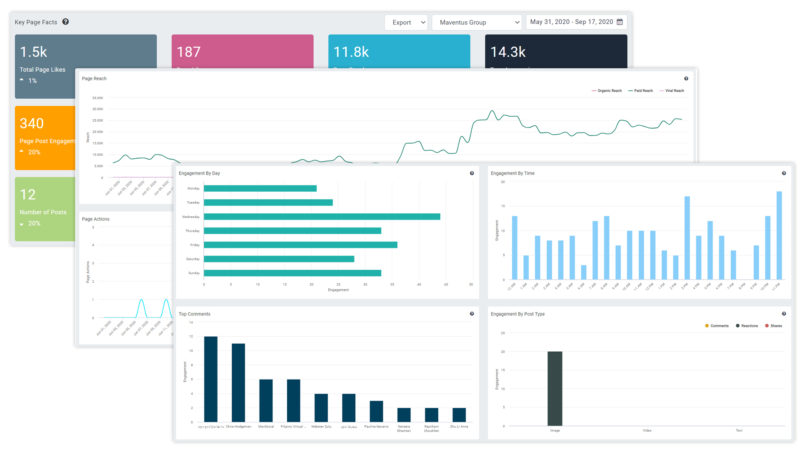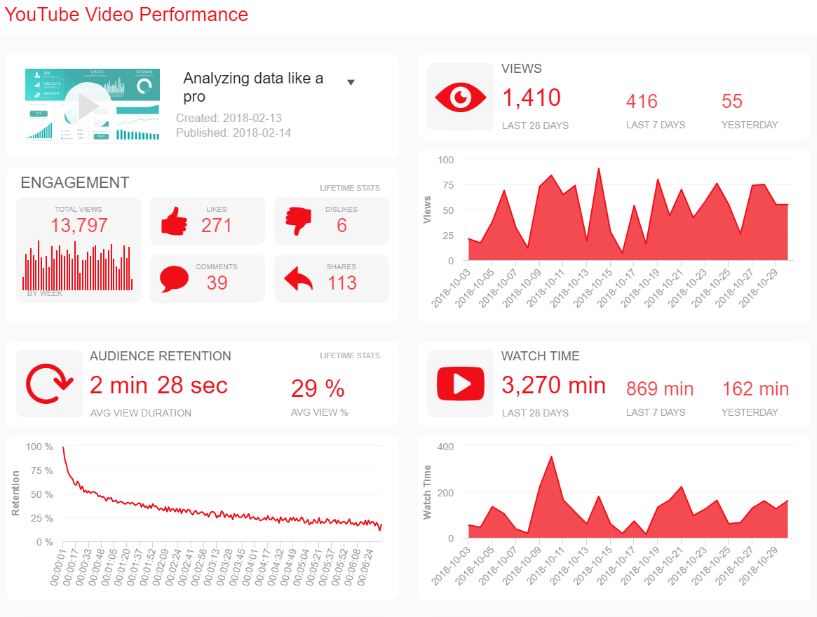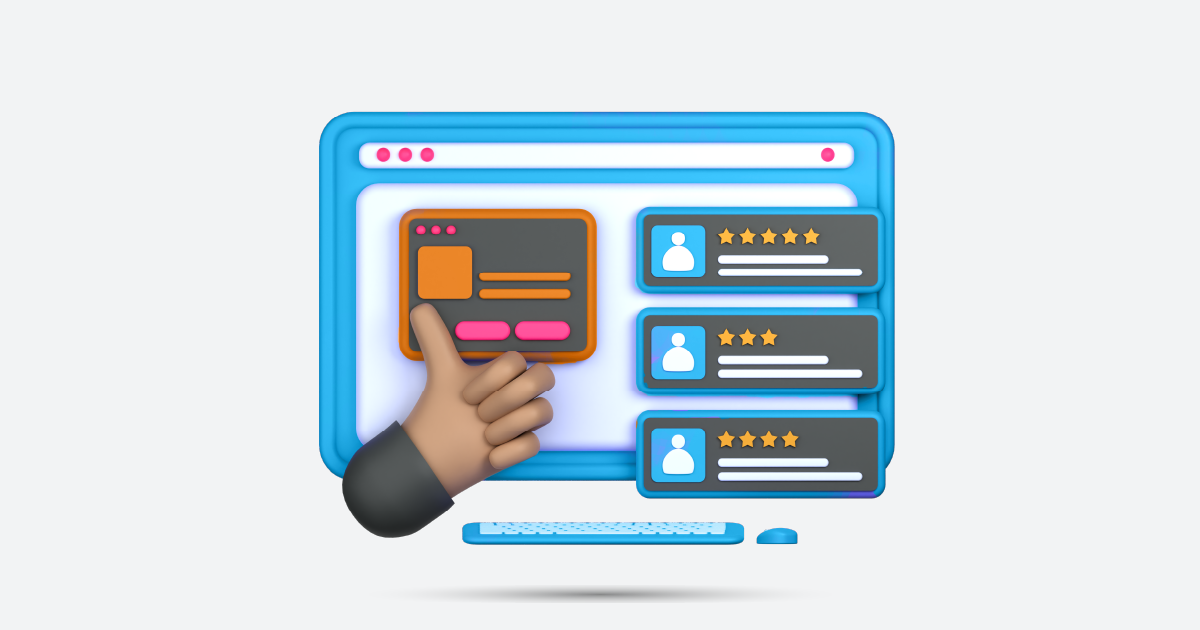Social media has revolutionized the way businesses communicate with their customers. In today’s digital age, companies must listen and understand what people are saying about their brand on social media platforms. This is where social media listening comes into play. In this article, we will explore the concept of social media listening, its importance, and how to conduct an effective social media listening report.
What is Social Media Listening?

Social media listening goes beyond simply tracking the number of likes, comments, or shares. It involves analyzing the sentiment, context, and trends of the conversations happening around a brand. By leveraging social media listening tools and techniques, businesses can gain valuable insights into customer opinions, preferences, and behaviors.
Why is Social Media Listening Important?
Social media listening is important because it gives businesses a wealth of information that can influence their decision-making processes. By actively listening to what customers are saying, businesses can gain a deeper understanding of their target audience, identify emerging trends, and make data-driven decisions. It allows companies to be proactive in addressing customer concerns, enhancing their brand reputation, and staying ahead of their competition.
Benefits of Social Media Listening
Understanding Customer Sentiment
- Social media listening enables businesses to gauge customer sentiment toward their brand. By analyzing the tone and language used in social media conversations, businesses can identify whether customers are positive, negative, or neutral towards their products or services. This information can help companies tailor their messaging and customer experiences accordingly.
Identifying Brand Advocates and Influencers
- Social media listening helps identify brand advocates and influencers who have a significant impact on their followers’ opinions. By tracking mentions and engagements, businesses can identify individuals or communities that are positively influencing their brand perception. Collaborating with these advocates and influencers can help amplify brand reach and credibility.
Improving Customer Service
- Social media has become a preferred platform for customers to seek support and voice their concerns. By actively monitoring social media conversations, businesses can promptly respond to customer queries, address complaints, and provide personalized assistance. This improves customer satisfaction and strengthens brand loyalty.
Gathering Competitive Intelligence
- Social media listening allows businesses to keep a pulse on their competitors’ activities. By monitoring conversations around competitor brands, products, and campaigns, companies can gain valuable insights into market trends, customer preferences, and emerging opportunities. This information can inform their strategies and help them stay competitive.
Enhancing Product Development and Marketing Strategies
Businesses can identify customer needs, pain points, and expectations by analyzing social media conversations. This feedback can be used to improve existing products or services and develop new offerings that align with customer preferences. Additionally, social media insights can inform marketing strategies by identifying the most effective channels, messages, and targeting options.
Steps to Conduct a Social Media Listening Report

To conduct an effective social media listening report, follow these steps:
1. Define Goals and Objectives
- Start by defining clear goals and objectives for your social media listening efforts. Determine what you want to achieve, such as understanding customer sentiment, monitoring competitor activities, or improving customer service. These goals will guide your monitoring strategy and analysis.
2. Choose the Right Social Media Listening Tools
- There are numerous social media listening tools available in the market. Choose a tool that aligns with your specific needs, budget, and the social media platforms you want to monitor. Popular tools include Brandwatch, Hootsuite, Sprout Social, Mention, and Aim Insights.
3. Monitor Relevant Keywords and Hashtags
- Identify relevant keywords, phrases, and hashtags that are associated with your brand, products, or industry. These keywords will serve as the foundation for your social media monitoring. Ensure you track variations, misspellings, and abbreviations to capture a comprehensive view of conversations.
4. Analyze Data and Extract Insights
- Once you have collected data from your monitoring efforts, analyze it to extract meaningful insights. Look for patterns, trends, and sentiment analysis to understand the overall sentiment toward your brand and identify key themes or topics that emerge from the conversations.
5. Create Actionable Recommendations
- Based on your analysis, create actionable recommendations that can be implemented to improve your brand’s performance. These recommendations may include changes in messaging, customer service enhancements, or new marketing strategies based on customer feedback and market trends.
Best Practices for Social Media Listening
To maximize the effectiveness of your social media listening efforts, consider the following best practices:
Set Up Real-Time Monitoring
- Set up real-time monitoring to ensure you are capturing conversations as they happen. This allows you to respond promptly to customer queries, complaints, or emerging trends. Real-time monitoring tools and alerts can help you stay on top of the conversations.
Utilize Advanced Filters and Sentiment Analysis
- Leverage advanced filters and sentiment analysis features of social media listening tools to refine your data. Filters can help you focus on specific demographics, locations, or languages, while sentiment analysis can provide insights into the tone and emotions expressed in the conversations.
Engage with Customers and Respond to Feedback
- Social media listening is not just about monitoring; it also involves active engagement with customers. Respond to their feedback, address their concerns, and provide helpful information. This human touch builds trust, enhances customer satisfaction, and improves brand loyalty.
Collaborate with Other Departments
- Social media listening can benefit various departments within a company. Collaborate with marketing, customer service, product development, and other relevant teams to share insights and align strategies. This cross-functional collaboration ensures a holistic approach to listening and improves overall business performance.
Continuously Refine and Improve Listening Strategy
- Social media conversations and trends are dynamic. Continuously refine your listening strategy by monitoring new keywords, adapting to changing customer behaviors, and keeping up with emerging platforms. Regularly evaluate the effectiveness of your social media listening efforts and make adjustments as needed.
Challenges and Limitations of Social Media Listening

While social media listening offers valuable insights, it also comes with challenges and limitations that businesses should be aware of:
Data Accuracy and Reliability
- Social media conversations can be noisy and filled with irrelevant or misleading information. Ensuring data accuracy and reliability can be a challenge. It is essential to use reliable social media listening tools and implement data validation processes to minimize inaccuracies.
Managing Large Volumes of Data
- Social media platforms generate vast amounts of data. Managing and analyzing this data can be overwhelming. Businesses need to have the right resources and tools in place to handle large volumes of data efficiently and extract actionable insights.
Language and Cultural Nuances
- Social media conversations often reflect different languages, dialects, and cultural nuances. Understanding and interpreting these nuances can be complex, especially when dealing with a global audience. It is important to have a diverse team or utilize language and sentiment analysis tools to capture accurate insights.
Balancing Automation and Human Analysis
- While automation tools are essential for social media listening, it is equally important to balance them with human analysis. Automated sentiment analysis may not always accurately capture the context and nuances of conversations. Human analysts can provide a deeper understanding and context to the data.
Future Trends in Social Media Listening
The field of social media listening continues to evolve, and several future trends are emerging:
- Integration of Artificial Intelligence (AI) and Machine Learning (ML): AI and ML technologies will play a significant role in automating data analysis, sentiment analysis, and trend identification. These technologies will enhance the accuracy and efficiency of social media listening efforts.
- Social Listening in Voice and Video: With the rise of voice assistants and video content, social media listening will expand beyond text-based conversations. Analyzing voice and video content will provide businesses with more comprehensive insights into customer sentiments and preferences.
- Emotion and Intent Analysis: Advanced sentiment analysis techniques will go beyond positive, negative, and neutral classifications. They will delve deeper into emotions and intents expressed in social media conversations, providing businesses with a more nuanced understanding of customer experiences.
- Integration with Customer Relationship Management (CRM): Social media listening will be tightly integrated with CRM systems, enabling businesses to track and respond to customer interactions seamlessly. This integration will provide a holistic view of customer experiences and help businesses deliver personalized and targeted engagements.
- Enhanced Privacy and Ethical Considerations: As privacy concerns grow, social media listening practices will need to adapt to stricter regulations and ethical standards. Businesses will need to ensure data privacy, transparency, and user consent when conducting social media listening activities.
Conclusion
Social media listening is an invaluable tool for businesses to gain insights, improve customer satisfaction, and drive growth. By actively listening and analyzing social media conversations, companies can make informed decisions and stay ahead of their competition. Incorporating social media listening into your marketing strategy can lead to enhanced brand reputation, better customer service, and increased customer loyalty.
To experience the power of social media listening report firsthand, request a demo from Aim Technologies today. Discover how their advanced social media listening tools can help your business thrive in the digital landscape.
FAQs
1. How can social media listening benefit small businesses?
- Social media listening provides small businesses with valuable insights into customer preferences, sentiments, and market trends. It helps them understand their target audience better, improve customer service, and refine their marketing strategies to compete effectively in the market.
2. Is social media listening limited to specific industries?
- No, social media listening can be beneficial for businesses across various industries. Whether you are in retail, hospitality, healthcare, or any other industry, social media listening can provide valuable insights into your customers’ opinions and preferences.
3. What are some popular social media listening tools?
- Some popular social media listening tools include Brandwatch, Hootsuite, Sprout Social, Mention, and Aim Insights. These tools offer features for monitoring conversations, sentiment analysis, data visualization, and reporting.
4. Can social media listening replace traditional market research?
- Social media listening complements traditional market research methods by providing real-time insights into customer opinions and behaviors. While it offers valuable data, it should be used alongside other research methods to gain a comprehensive understanding of the market.
5. How often should social media listening reports be conducted?
- The frequency of social media listening report depends on your business goals and the volume of social media conversations about your brand. It is recommended to conduct regular monitoring to stay updated with customer sentiments and trends. Monthly or quarterly reports are common, but the frequency can be adjusted based on your specific needs.




